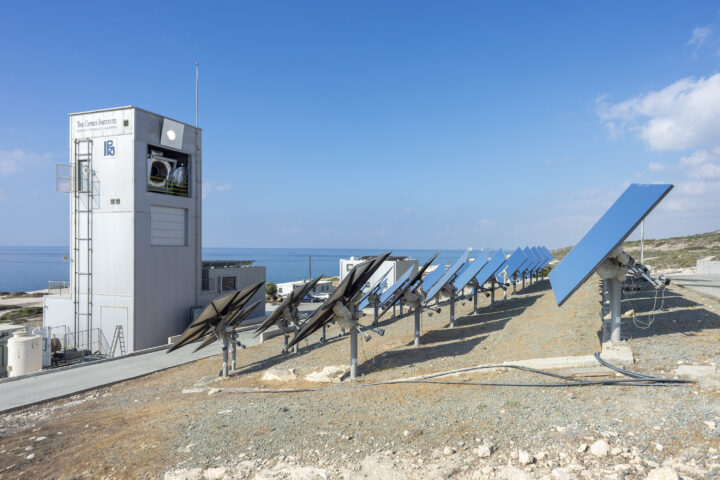Despite hopes that Cyprus will soon witness the peak of the coronavirus outbreak, following the high number of infections recorded this week, the country is nowhere near seeing a dramatic drop in cases.
Epidemiologists and virologists feel that there is still a way to go before we reach the peak of the disease, mainly due to people not abiding by the strict stay at home rules.
In comments to the Financial Mirror, Dr Peter Karayiannis, virologist and microbiology professor at the University of Nicosia, said: “We are still seeing numbers climb. We will not know if measures have started to pay off, for at least another two weeks”.
He noted that clusters formed in Paphos and Aradippou are a worrying factor, which may well push the peak even further down the line.
Karayiannis stressed that the state needs to intervene at the two hotspots, to stem the virus from further spreading in the community.
He took the opportunity to advise that people should abide by the decrees and stay home.
“The high figures of the past few days come as a result of people’s disobedience to the decrees. These are people who, taking into consideration the incubation period of the virus, were infected last week, before the introduction of harsher restrictions on free movement.”
The virologist added that looking at the data, he does not see the peak happening any time before the end of April, with the upcoming days being crucial.
He expects daily coronavirus cases to stay high in the upcoming days, and not drop below double figures for some time to come.
Karayiannis said that it is important to keep figures low, hoping that record daily cases this week will not be repeated.
Cyprus acted swiftly
He said the government slowed the spread of the virus by introducing measures relatively quickly compared to other countries.
“We cannot compare the spread here to other countries because the Cyprus government instigated restriction of movement much earlier than other countries which hopefully will yield results earlier than elsewhere”.
Commenting on a seemingly high mortality rate, which is around 3%, Karayiannis said that although higher than what Germany is reporting, it is significantly lower than that recorded in Wuhan (4.9%), the Chinese city where the outbreak began.
He noted that if social distancing measures were not adopted in a timely manner then a larger number of Cyprus’ population would become sick, pointing to the example of Italy where currently 11.8% of reported COVID-19 patients have died.
Karayiannis said there is still work to be done and people should heed the stay at home decrees, noting that the coming days will be crucial.
The virologist said that figures will have to stabilise before we can start hoping for better days.
“If there is a sudden drop in the number of cases, that would mean the spread is being halted, but we will have to wait until we see a few days pass without a case being reported before we declare that we are in the clear.”
Asked about whether he finds that the country’s health system fit for the task in caring for a large number of COVID-19 patients, Karayiannis said that for now, the situation is manageable.
“With the tougher measures announced this week, it will be difficult for the virus to spread uncontrollably unless people disobey, of course”.
One big concern is the high number of health professionals – a quarter of all cases in March – who have contracted the virus.“At the moment Cyprus’ health system is faring well and looks capable enough to cope with the crisis. But if the rise in cases is maintained it will put a strain on the health service, like never seen before.”
“For the health system to cope with the crisis, we must all pull together and abide by the instructions and the decrees issued and stay at home. If we do that, then life might begin to return to normal sometime after April.”










